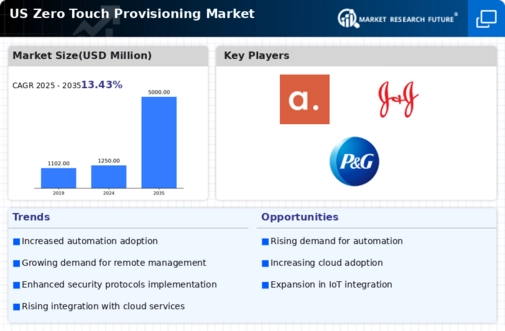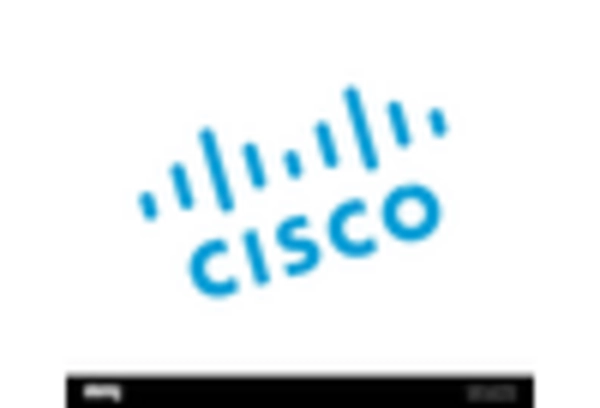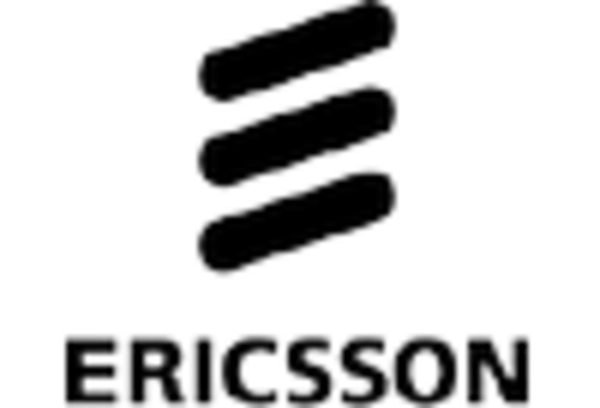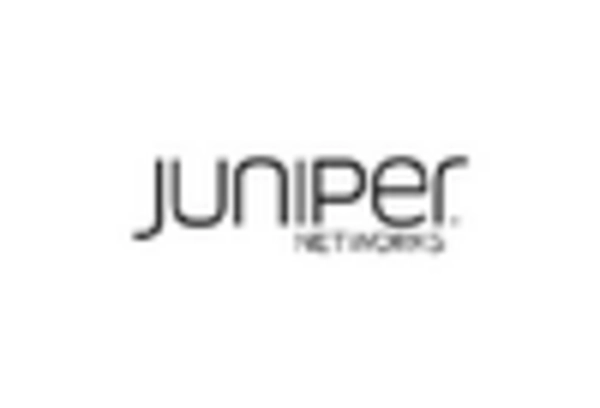Advancements in IoT Integration
The rapid advancements in Internet of Things (IoT) technology are significantly influencing the zero touch-provisioning market. As IoT devices proliferate, the need for efficient provisioning methods becomes increasingly critical. The zero touch-provisioning market is adapting to this trend by providing solutions that facilitate the seamless integration of IoT devices into existing networks. This capability is essential for organizations looking to leverage IoT for enhanced operational efficiency. With an estimated 75 billion IoT devices expected to be in use by 2025, the demand for zero touch-provisioning solutions is anticipated to rise sharply. This integration not only streamlines device management but also enhances data collection and analysis, further driving market growth.
Increased Focus on Cost Efficiency
Cost efficiency remains a critical driver in the zero touch-provisioning market. Organizations are continually seeking ways to reduce operational expenses while maintaining high service levels. The zero touch-provisioning market offers a solution by minimizing the need for on-site IT support and reducing deployment times. According to industry reports, companies can save up to $300 per device by implementing zero touch-provisioning solutions. This financial incentive is particularly appealing to small and medium-sized enterprises (SMEs) that operate with limited budgets. As businesses strive to optimize their resources, the adoption of zero touch-provisioning technologies is likely to accelerate, contributing to a projected market growth of 20% annually.
Growing Emphasis on User Experience
User experience is becoming a focal point in the zero touch-provisioning market. Organizations recognize that a positive user experience can lead to higher productivity and employee satisfaction. The zero touch-provisioning market addresses this need by enabling quick and hassle-free device setup, allowing users to start working immediately without technical delays. Research indicates that companies that prioritize user experience see a 30% increase in employee engagement. As businesses strive to enhance their operational efficiency, the demand for zero touch-provisioning solutions that prioritize user experience is likely to increase, potentially leading to a market growth rate of 15% over the next few years.
Regulatory Compliance and Data Security
Regulatory compliance and data security are increasingly influencing the zero touch-provisioning market. Organizations are under pressure to adhere to stringent regulations regarding data protection and privacy. The zero touch-provisioning market provides solutions that facilitate compliance by ensuring secure device provisioning and management. With data breaches costing companies an average of $3.86 million, the emphasis on security cannot be overstated. As businesses seek to mitigate risks associated with data security, the adoption of zero touch-provisioning solutions is expected to rise. This trend may lead to a market growth of approximately 18% as organizations prioritize secure provisioning methods to protect sensitive information.
Rising Demand for Remote Management Solutions
The increasing need for remote management solutions is a pivotal driver in the zero touch-provisioning market. Organizations are increasingly adopting remote work policies, necessitating efficient device management without physical intervention. This trend is reflected in a survey indicating that 70% of IT managers prioritize remote management capabilities. The zero touch-provisioning market is positioned to benefit from this shift, as it allows for seamless deployment and configuration of devices from any location. Furthermore, the ability to manage devices remotely reduces operational costs and enhances productivity, making it an attractive option for businesses. As companies continue to embrace remote work, the demand for zero touch-provisioning solutions is expected to grow, potentially leading to a market expansion of over 25% by 2027.
















